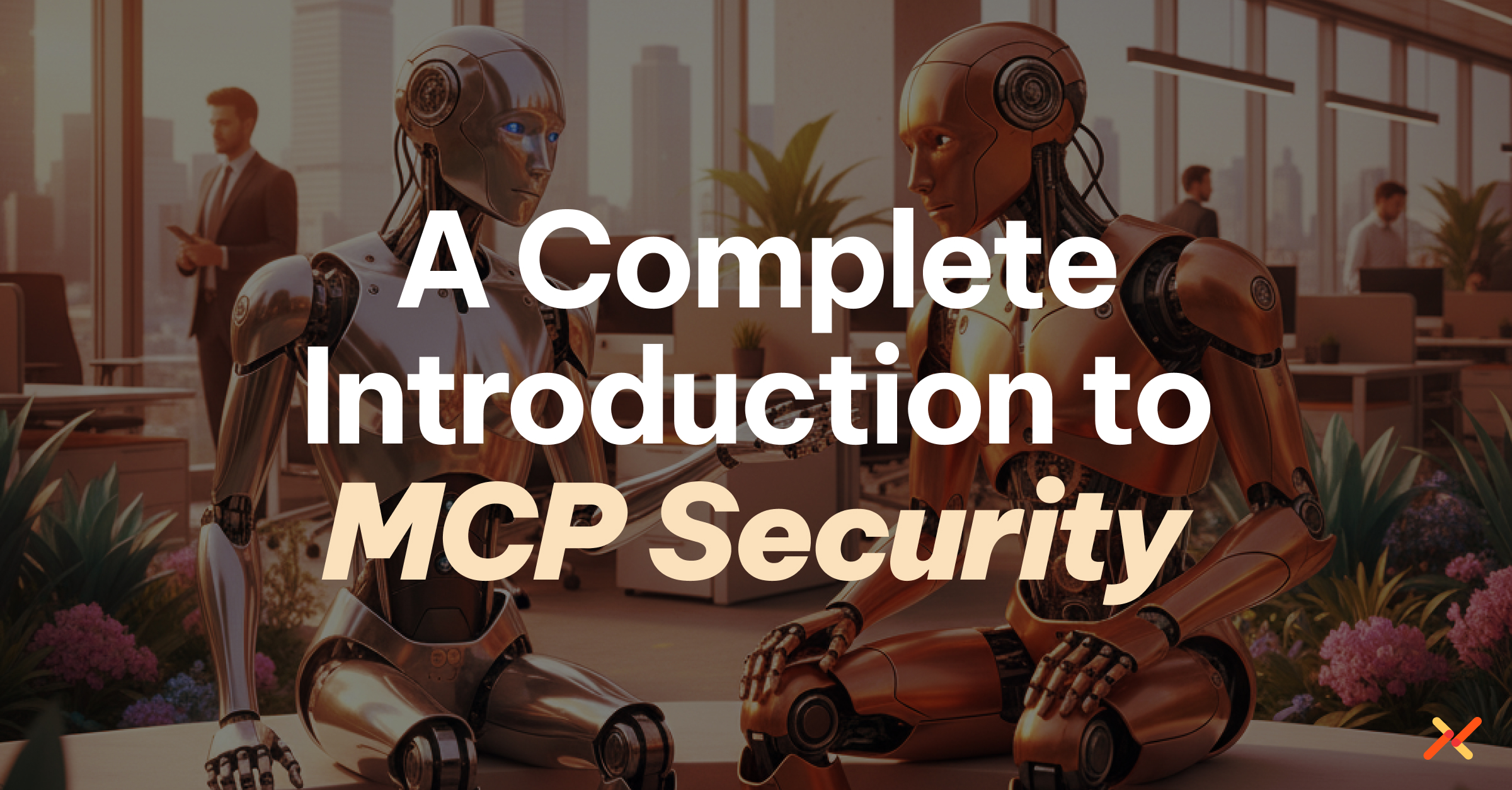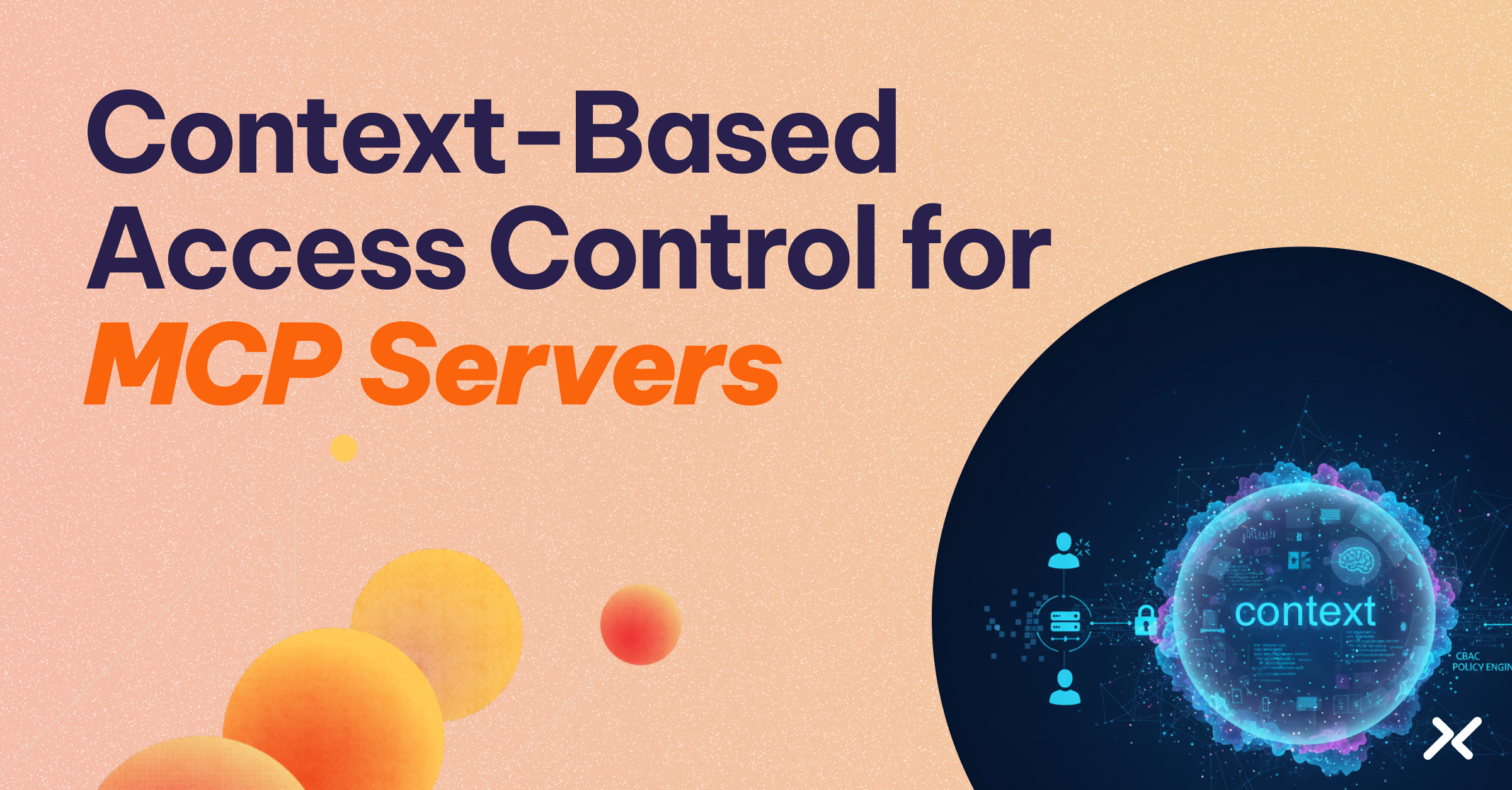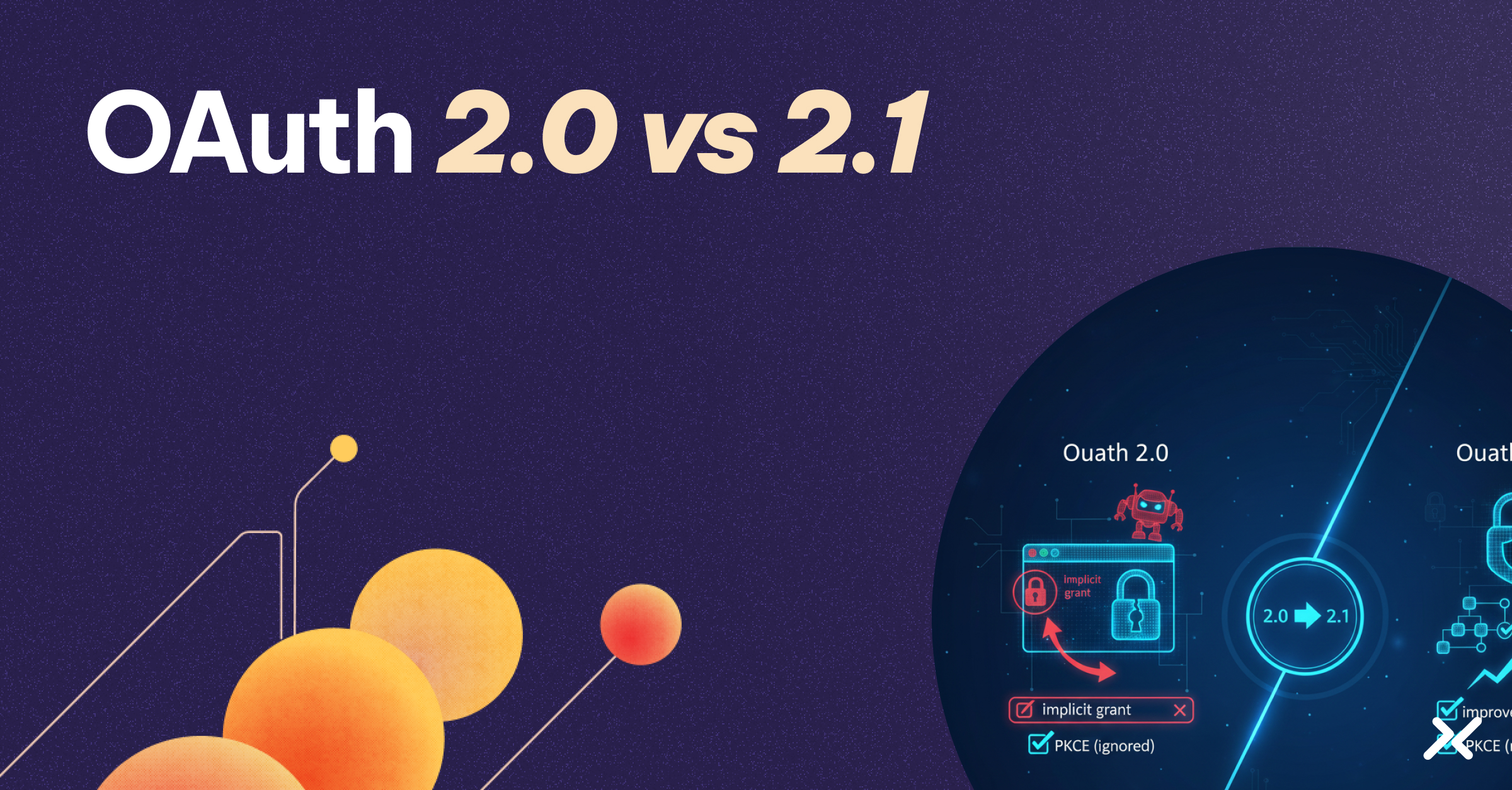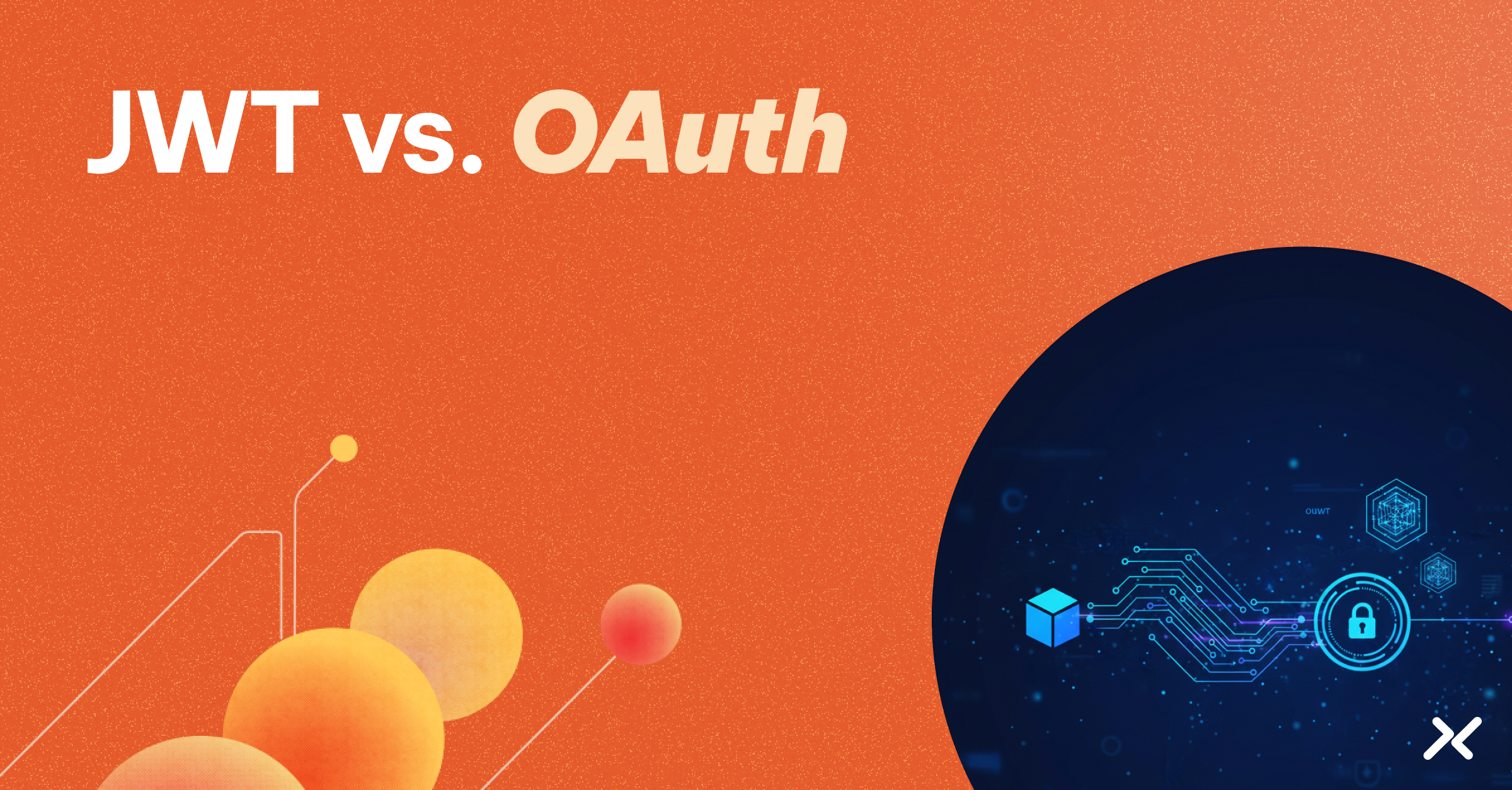The rise of AI agents has fundamentally changed how software works. These autonomous systems don’t just respond to commands, they make decisions, coordinate across tools, and access data on behalf of users. But there’s a problem: most of these agents are cobbled together with brittle authentication patterns, hardcoded API keys, and ad-hoc security controls that weren’t designed for this new world.
Enter the Model Context Protocol (MCP). Developed by Anthropic and now gaining adoption across the AI ecosystem, MCP provides a standardized way for AI agents to interact with external tools, data sources, and services. Think of it as a universal adapter that lets language models connect to databases, APIs, file systems, and more, without each integration requiring custom code.
But here’s the catch: MCP isn’t just another API protocol. It introduces entirely new trust boundaries, access patterns, and attack surfaces that traditional security approaches weren’t built to handle. As organizations rush to deploy agentic AI workflows, MCP security has become the critical missing piece.
What is MCP? A Quick Primer
The Model Context Protocol standardizes how AI agents communicate with the outside world. Instead of every developer building custom integrations between their AI systems and external tools, MCP provides a common language for these interactions.
At its core, MCP defines how agents make requests to “servers” (which can be anything from a database connector to a web API), how those servers respond with context and capabilities, and how data flows between them. An agent using MCP can discover what tools are available, request specific actions, and receive structured responses, all through a consistent interface.
This matters because modern AI workflows involve multiple specialized tools. An AI assistant might need to read from a knowledge base, execute code, query a database, and call external APIs, all within a single user request. Without a standard protocol, each integration becomes a one-off security challenge.
For technical readers familiar with REST APIs or gRPC, MCP introduces some key differences. Unlike traditional request-response patterns, MCP supports bidirectional communication where servers can push updates to agents. It also handles context management more explicitly, agents don’t just send isolated requests, they maintain stateful connections with rich metadata about capabilities and permissions.
Why MCP Introduces New Security Challenges
Traditional API security relies on well-established patterns: authenticate the client, authorize the request, validate inputs, and log the transaction. These controls work reasonably well when humans are the ones making API calls through applications.
But MCP security operates in a different paradigm. Instead of predictable, user-initiated requests, you have autonomous agents making decisions about which tools to invoke, what data to request, and how to chain operations together. The attack surface expands in ways that standard API security wasn’t designed to address.
- Think of context injection attacks. An agent receives input from a user or another system, then uses MCP to request data from a server. But what if that input contains malicious instructions designed to manipulate the agent’s behavior? Unlike traditional prompt injection, context injection happens at the protocol level; an attacker could craft MCP messages that cause an agent to access unauthorized tools or leak sensitive data.
- Privilege escalation takes on new dimensions too. Traditional APIs might let an authenticated user perform unauthorized actions. With MCP, an agent might start with legitimate access to one tool, then use that access to discover and invoke other tools it shouldn’t touch. The agent’s autonomy creates a cascade effect where a single compromised integration can expose an entire toolchain.
- Then there’s context leakage, perhaps the most insidious MCP-specific risk. Agents maintain rich contextual information about their environment, previous interactions, and available capabilities. If this context accidentally flows to the wrong tool or gets logged insecurely, you’ve created a goldmine for attackers. Sensitive data that would never be exposed through a traditional API suddenly becomes available through MCP’s context-sharing mechanisms.
Supply chain security is critical too. MCP enables a marketplace model where agents can dynamically discover and use tools they’ve never seen before. That’s powerful for flexibility, but dangerous for security. How do you know a third-party MCP server is trustworthy? How do you prevent a compromised tool from accessing your entire agent ecosystem?
MCP Security Fundamentals
Securing MCP starts with recognizing that every participant, agents, servers, and the tools they expose, represents a non-human identity that needs authentication, authorization, and governance.
Identity forms the cornerstone of MCP security. Each agent must prove who it is, each server must verify that identity, and every interaction must be traceable back to a verified actor. This isn’t just about API keys or service accounts, it requires cryptographic proof of identity that can’t be forged or stolen.
- Authentication in MCP needs to happen continuously, not just at connection time. Because agents maintain long-lived connections and make autonomous decisions, you can’t rely on a single initial handshake. Every tool invocation, every data request, and every capability discovery should revalidate identity in real time.
- Authorization gets more complex because you’re not just controlling access to resources, you’re controlling which tools an agent can discover, which operations it can perform, and what context it can share. Policy enforcement must consider not just who is making the request, but also the security posture of the agent, the sensitivity of the requested tool, and the broader context of the interaction.
This requires attribute-based access control where decisions factor in multiple signals. Is this agent running in a compliant environment? Has it been compromised recently? Does the requested tool handle sensitive data? What other tools has this agent accessed in this session? Traditional role-based access control can’t answer these questions.
Auditability becomes non-negotiable here. When agents operate autonomously, you need comprehensive logs of every MCP interaction: which agent accessed which tool, what data was requested, what policies were evaluated, and what the outcome was. Without this visibility, you can’t detect attacks, investigate incidents, or prove compliance.
Opportunities with MCP (The Upside of Getting Security Right)
While the security challenges are real, organizations that solve them unlock significant advantages. MCP represents a fundamental shift in how we build and deploy AI systems, and getting the security model right enables capabilities that weren’t previously possible.
Properly secured MCP workflows make enterprise AI adoption actually viable. Right now, many organizations hesitate to deploy AI agents because they can’t control what those agents might do or access. With strong identity controls, context-aware policies, and comprehensive audit trails, security teams can confidently enable AI capabilities while maintaining governance.
The promise of MCP is that agents and tools from different vendors can work together seamlessly. But that only happens if there’s a trustworthy security layer underneath. When every participant in the ecosystem can verify identities and enforce consistent policies, you can safely mix tools from multiple providers without creating security gaps.
With the right security measures, compliance alignment improves dramatically. Regulations like GDPR require organizations to know exactly what data flows where and who has access to it. MCP’s standardized approach makes this visibility possible, but only if the security foundations are solid. With proper identity and access controls, you can demonstrate compliance through audit logs that track every data access and tool invocation.
Developer productivity increases when security is built into the protocol rather than bolted on afterward. Engineers can focus on building useful agent capabilities instead of reinventing authentication and authorization for every integration. The right security abstractions make it easier to do the secure thing than the insecure thing.
Securing the Future of Agentic AI
MCP represents the protocol layer that will power the next generation of AI systems. As agents become more capable and autonomous, standardized interfaces like MCP will be essential for managing complexity and enabling interoperability.
But standardization alone doesn’t create security. The risks are real: context injection attacks that manipulate agent behavior, privilege escalation as agents discover new capabilities, context leakage that exposes sensitive data, and supply chain vulnerabilities from untrusted tools.
The answer is treating every MCP participant as a workload with a verifiable identity. Agents, servers, and tools need cryptographic proof of who they are. Every interaction needs authorization based on continuous identity verification and real-time context. All access must be auditable to enable detection and compliance.
Organizations that get this right will unlock the full potential of agentic AI while maintaining security and governance. Those that bolt on traditional API security as an afterthought will face breaches, compliance failures, and the inevitable decision to shut down AI capabilities that have become too risky.
With an identity-first approach built specifically for workload-to-workload communication, MCP can become not just usable, but trustworthy at enterprise scale. The protocol provides the foundation, but security makes it production-ready.




